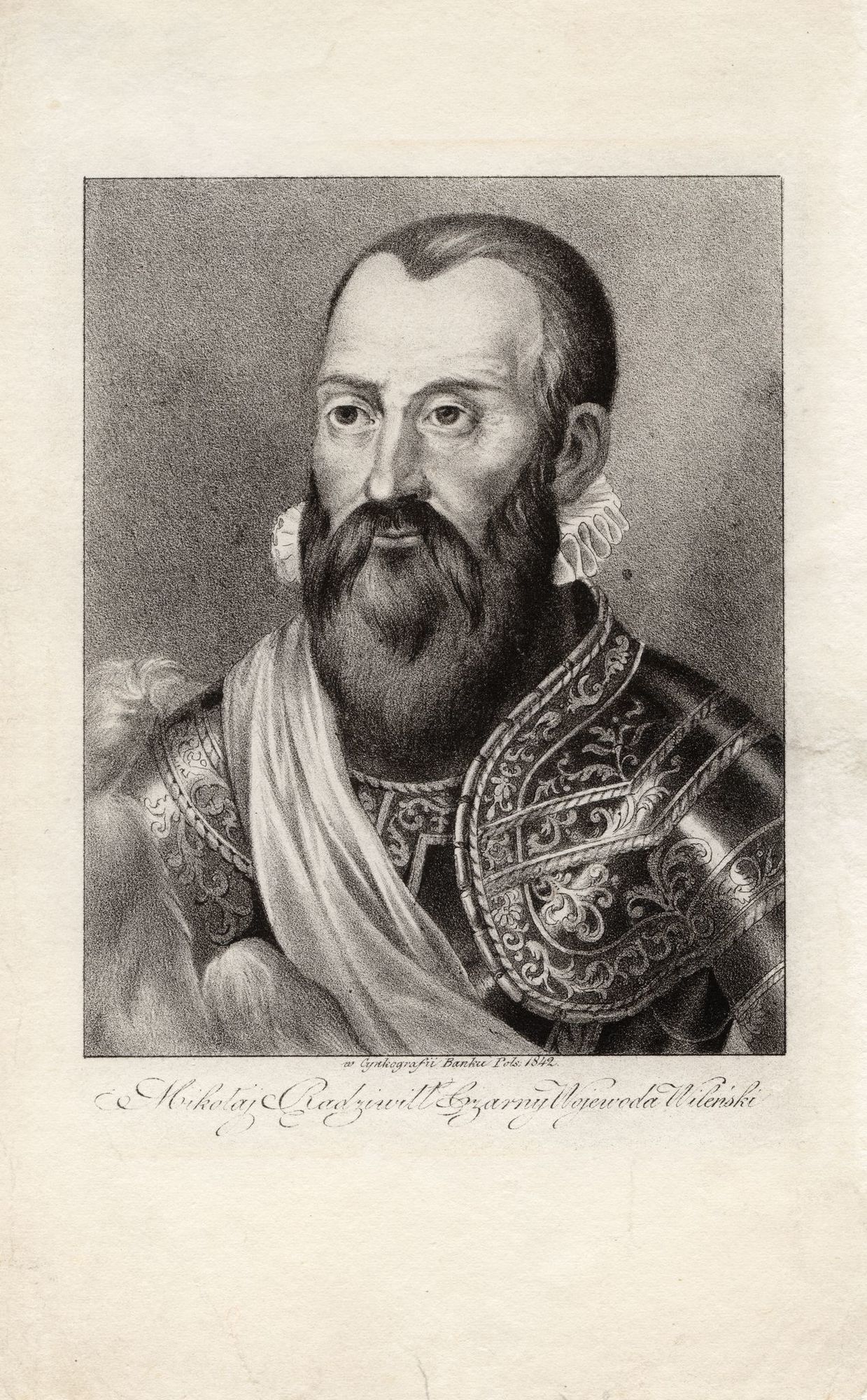
10 Didžioji Street. 2019
Photographer Tomas Kapočius
Lithuanian Art Museum
A house that stood on this site in the early 1500’s was owned by the noble family of Goštautai. The last representative of the family to have owned the building was Stanislovas Goštautas, the first husband of Barbora Radvilaitė. After his death, the property was nationalised and later bought in 1558 by the voivode of Vilnius, Mikołaj „the Black“ Radziwiłł. Radziwiłł, who was of the Reformed faith, built a Calvinist chapel, which stayed functional up until his sons converted to Catholic faith in 1574. While the chapel still existed in mid-1800’s, it was taken down during a reconstruction of the palace. The Radziwiłł family owned the palace until the beginning of the 19th century. In 1804 it was bought by Vilnius University. In 1805, a university clinic was opened in the building, run by professor Joseph Frank, who made sure the clinic was constantly fixed up and also set up a pathology office, Vaccination Institute as well as Maternity Institute that provided help for impoverished future mothers. In 1812, the building was turned into a military hospital for the French soldiers, who damaged it severely. It was said that the hunger-struck soldiers went as far as eating the pharmaceuticals in the pathology room. In 1831, the clinic was moved out and flats were set up in the palace. A part of the building was demolished during the 1865 reconstruction of the nearby Orthodox church. In the early 1900’s, new owners, the merchant Cholem brothers carried out a reconstruction, adding a third floor. The ground floor was rented out to shops and a photo studio of Icik Chonovitz. In 1907, the first stationary cinema in Vilnius, Iliuzija (renamed as Stella and Wanda in the 1920’s) was opened in one of the inner buildings. The part of the palace facing the Didžioji Street was destroyed in WWII and rebuilt in 1999.

Unknown artist
Mikołaj Radziwiłł the Black. 1842
Paper, lithograph
Lithuanian Art Museum
MIKOŁAJ „THE BLACK“ RADZIWIŁŁ (1515–1565)
One of the most powerful, most influential and wealthiest noblemen in the Grand Duchy of Lithuania of the middle of 16th century, advocate of Lithuanian sovereignty, one of the most prominent converts of the Reformed faith in the country. He received his education in the King of Poland and Grand Duke of Lithuania Sigismund the Old’s manor in Krakow. Grand Marshal of Lithuania in 1544–1565. Grand Lithuanian Chancellor in 1550–1565. Voivode of Vilnius in 1551–1565. Achieved a title of a Duke of the Holy Roman Empire for himself and his entire family in 1547. Beginning in 1553, he was instrumental in spreading and solidifying the Reformed faith in the Grand Duchy of Lithuania. Exchanged letters with John Calvin, became a patron of the Evangelical Reformed Church. Founded the first Evangelical Reformed chapel and school on his Didžioji street property (current 10 Didžioji st.) Assembled the first Evangelical synod in Vilnius in 1557, which laid the groundwork for the Evangelical Reformed community in Lithuania.